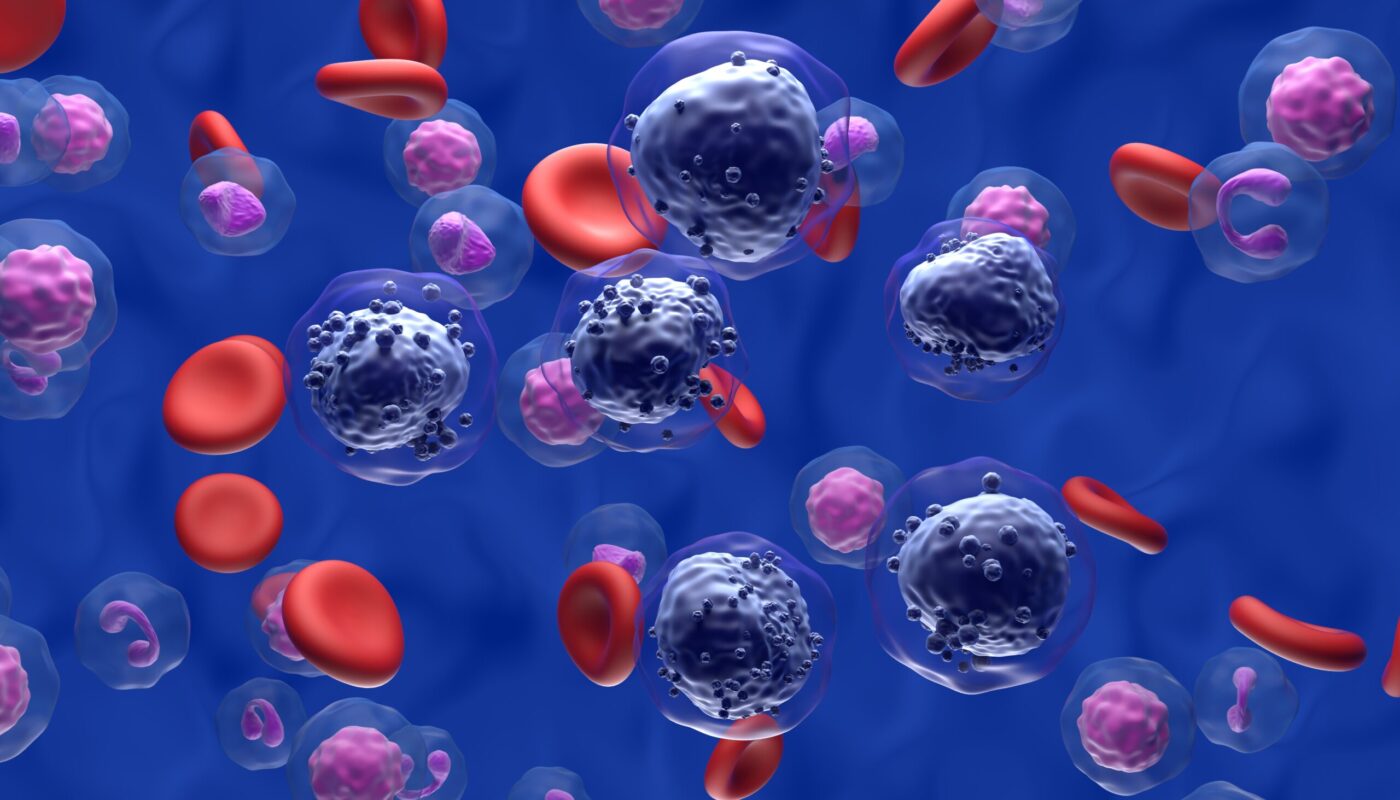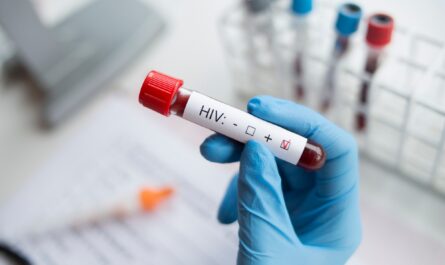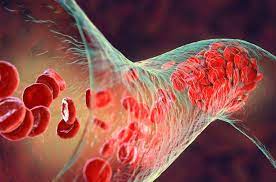A recent study led by researchers at the Dana-Farber Cancer Institute has identified a novel target for potential leukemia therapy. The team discovered that a subset of myeloid and lymphoid leukemias relies on the PI3Kgamma molecular complex for survival. This finding offers promising evidence for the rapid initiation of clinical trials to test an existing medicine, eganelisib, which inhibits the complex, both alone and in combination with the most commonly used AML chemotherapy, cytarabine. The study was published in the prestigious journal Nature.
Principal investigator Andrew Lane, MD, Ph.D., a clinician-scientist in the Adult Leukemia Program at Dana-Farber, expressed optimism about the potential of this new approach. “Given the safety and tolerability of these medicines, we can move quickly to bring them to patients with AML,” he said. Clinical trials are planned to begin within the next year.
Despite advancements in AML treatment in the last decade, most patients still experience relapses after therapy. Current treatments that target Leukemia Screening AML-related mutations have shown some success for specific patient subsets, but the cancer eventually develops resistance.
The Dana-Farber team took a different approach to finding therapeutic targets. Instead of focusing on mutations, first author Qingyu Luo, MD, Ph.D., a research fellow in Lane’s lab, employed genome-wide CRISPR interference to identify genes essential for AML cell growth.
Luo discovered a promising candidate: a subset of leukemia cells relied on the PI3KR5 gene to survive. This gene produces a crucial component of the PI3Kgamma complex.



